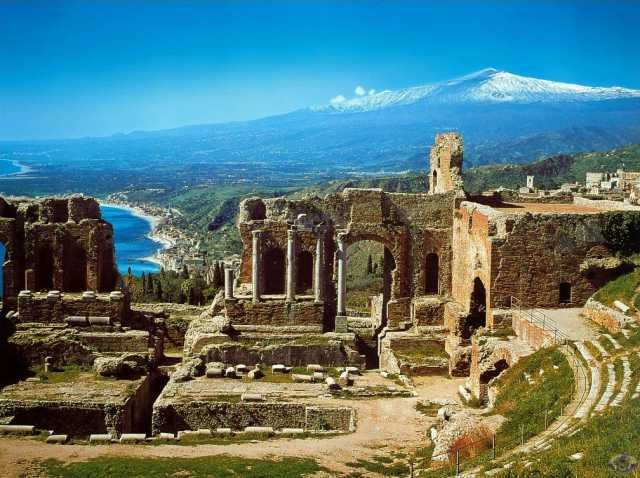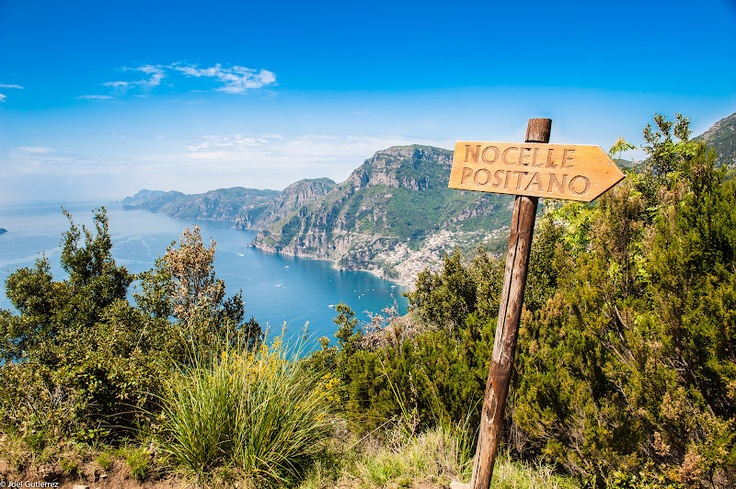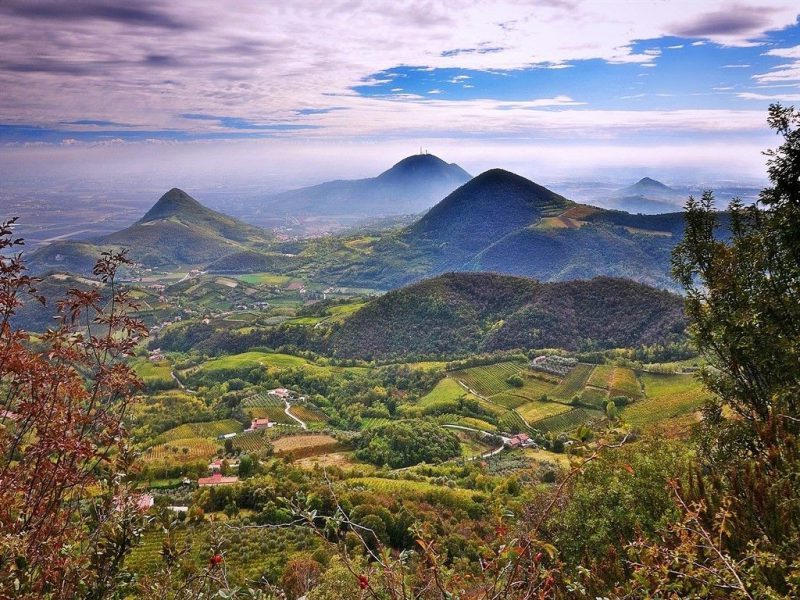Posted at 00:00h
in
Italian itineraries
 Italy’s active volcanoes are located in Sicily and Campania.
Italy’s active volcanoes are located in Sicily and Campania.
Etna, the most famous, and the biggest in Europe, is located in Sicily, in the province of Catania. It is almost constantly active, emitting lava from the central crater as well as from the numerous cracks along the slopes.
The other volcanoes are situated in the Aeolian Islands, north of the Sicilian coast, and create a regular volcanic archipelago. Lipari, the largest volcano, last erupted in Roman times around 1200 years ago. Only the 900 meters above the sea are visible of Stromboli, the volcano that has been continuously active for over 2000 years, whilst the other 1000 meters are underwater.









